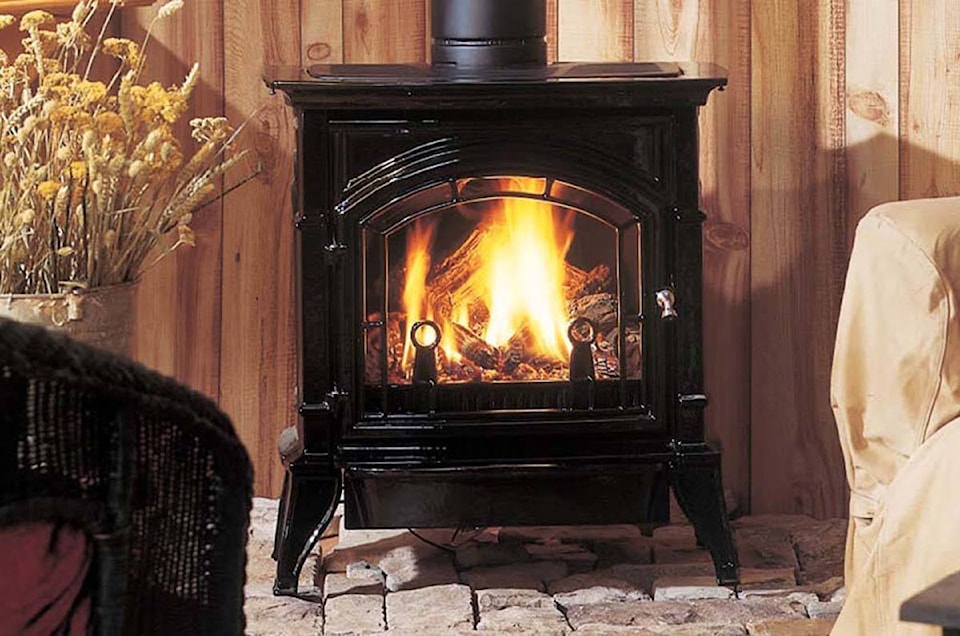Dear editor,
We heat our house using a typical 20-year-old woodstove. Ninety per cent of the time, the only way you’d know it’s on from the outside is by looking at the heat shimmering from the chimney against a dark backdrop, because it produces virtually no visible smoke (meaning, virtually no particulates, which is the main contributor to poor air quality).
It does produce a small amount of smoke when a new log is thrown on. If we can burn that cleanly, why can’t everyone else?
Couldn’t we achieve clean air through education on how to burn cleanly (i.e. dry wood; no inlet damping), plus some regulations targeting excessive sustained smoke production, and fines for those who refuse to clean up their chimney smoke?
Why do we need a complete ban on new woodstoves? Is this simply a knee-jerk reaction to bad air quality that hasn’t been thought through properly?
In fact, I’d argue that a combination of education and fines would do much more to improve local air quality than this complete ban on new woodstoves could ever hope to achieve. The ban has no effect on all the existing improperly operated stoves continuing to spew out thick acrid smoke, which aren’t going anywhere, and for some reason, oddly, I don’t see any public education on how easy it is to burn wood cleanly.
Preventing people from using wood to be independent and self-sufficient in heating their homes forces them to instead buy into big fossil fuel and all its associated CO2 emissions. Natural gas for your furnace comes from fracking in northern B.C. and directly emits net CO2 when burned, because it had been in the ground for millions of years previous to being fracked out and piped to your home. It is also unsustainable because the Earth isn’t producing new natural gas in quantity.
By contrast, burning wood emits no net CO2 because that carbon going out your chimney was pulled out of the atmosphere only a few years previous when the tree was growing, then released when burned, and will again be pulled out of the atmosphere when a new tree replaces the one cut down for firewood: it’s sustainable (except for the tiny amount of gas needed to run the chainsaw). I thought we are all supposed to be reducing carbon emissions? Then why are the various Comox Valley municipalities taking a step backward and forcing new homes to unsustainably emit net carbon into the atmosphere? Why was there no public consultation and debate on these sweeping new restrictive bans?
And before anyone feels too great about their electric heat pump, well they aren’t much better than natural gas furnaces — it is a popular and comforting myth we like to tell ourselves that BC’s electricity is “green.” Besides the obvious destruction of wilderness valleys, salmon habitat and productive land from flooding valleys, building dams and bulldozing access into remote run-of-river projects (which all emit large amounts of CO2) , B.C. actually buys a lot of its electrical power from coal-fired power plants in Alberta and U.S. states! It’s true!
Mark Cunnington,
Fanny Bay



